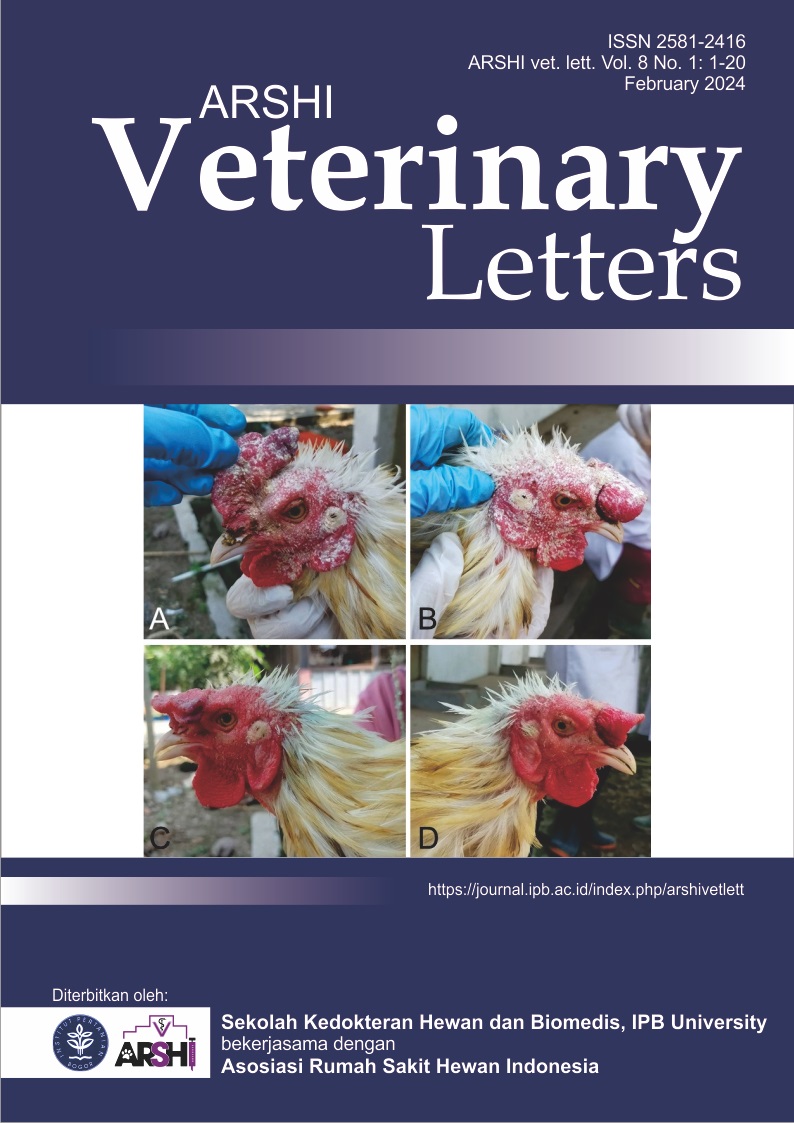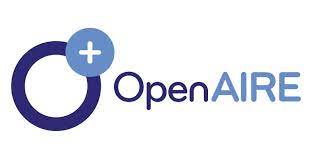Electrical impedance tomography for meat marbling prediction
Abstract
Electrical Impedance Tomography (EIT) is a promising noninvasive technology for predicting meat quality traits, such as marbling in beef. Marbling, characterized by intramuscular fat, significantly influences beef quality by enhancing flavor, tenderness, and juiciness. This review evaluated the application of EIT in meat quality control, highlighting its ability to measure changes in conductivity to assess marbling and other quality attributes. Integrating EIT with machine-learning techniques further refines its predictive capabilities. Although EIT provides real-time, noninvasive assessments with lower costs, challenges like lower signal-to-noise ratios and complex algorithm requirements persist. Future directions include the integration of EIT with modern packaging systems and automation tools to enhance meat quality monitoring and industrial efficiency.
Downloads
References
Bachmann MC, Morais C, Bugedo G, Bruhn A, Morales A, Borges JB, Costa E, Retamal J. 2018. Electrical impedance tomography in acute respiratory distress syndrome. Critical Care. 22:1-1. https://doi.org/10.1186/s13054-018-2195-6 | PMid:30360753 PMCid:PMC6203288
Dairoh D, Jakaria J, Ulum MF, Sumantri C. 2022. A New SNPs at 3'UTR Region of calpain 1 gene and its association with growth and meat quality traits in beef cattle. Journal of the Indonesian Tropical Animal Agriculture. 47(1):17-28. https://doi.org/10.14710/jitaa.47.1.17-28
Darma PN, Takei M. 2021. High-speed and accurate meat composition imaging by mechanically-flexible electrical impedance tomography with k-nearest neighbor and fuzzy k-means machine learning approaches. IEEE access. 9:38792-801. https://doi.org/10.1109/ACCESS.2021.3064315
Frerichs I, Amato MB, Van Kaam AH, Tingay DG, Zhao Z, Grychtol B, Bodenstein M, Gagnon H, Böhm SH, Teschner E, Stenqvist O. 2017. Chest electrical impedance tomography examination, data analysis, terminology, clinical use and recommendations: consensus statement of the Translational EIT development study group. Thorax. 72(1):83-93. https://doi.org/10.1136/thoraxjnl-2016-208357 | PMid:27596161 PMCid:PMC5329047
Hope J, Aristovich K, Chapman CA, Volschenk A, Vanholsbeeck F, McDaid A. 2019. Extracting impedance changes from a frequency multiplexed signal during neural activity in sciatic nerve of rat: preliminary study in vitro. Physiological Measurement. 40(3):034006. https://doi.org/10.1088/1361-6579/ab0c24 | PMid:30831564
Huh S, Kim HJ, Lee S, Cho J, Jang A, Bae J. 2021. Utilization of electrical impedance spectroscopy and image classification for non-invasive early assessment of meat freshness. Sensors. 21(3):1001. https://doi.org/10.3390/s21031001 | PMid:33540678 PMCid:PMC7867294
Kaboutari K, Tetik AÖ, Ghalichi E, Gözü MS, Zengin R, Gençer NG. 2019. Data acquisition system for MAET with magnetic field measurements. Physics in Medicine & Biology. 64(11):115016. https://doi.org/10.1088/1361-6560/ab1809 | PMid:30970342
Li X, Zhang R, Hassan MM, Cheng Z, Mills J, Hou C, Realini CE, Chen L, Day L, Zheng X, Zhang D. 2022. Active packaging for the extended shelf-life of meat: Perspectives from consumption habits, market requirements and packaging practices in China and New Zealand. Foods. 11(18):2903. https://doi.org/10.3390/foods11182903 | PMid:36141031 PMCid:PMC9506090
Liu J, Ellies-Oury MP, Stoyanchev T, Hocquette JF. 2022. Consumer perception of beef quality and how to control, improve and predict it? Focus on eating quality. Foods. 11(12):1732. https://doi.org/10.3390/foods11121732 | PMid:35741930 PMCid:PMC9223083
Lvovsky AI, Sanders BC, Tittel W. 2009. Optical quantum memory. Nature photonics. 3(12):706-714. https://doi.org/10.1038/nphoton.2009.231
Mason A, Romanov D, Cordova-Lopez LE, Ross S, Korostynska O. 2022. Smart knife: technological advances towards smart cutting tools in meat industry automation. Sensor Review. 42(1):155-63. https://doi.org/10.1108/SR-09-2021-0315
Paredi G, Raboni S, Bendixen E, de Almeida AM, Mozzarelli A. 2012. "Muscle to meat" molecular events and technological transformations: The proteomics insight. Journal of proteomics. 75(14):4275-89. https://doi.org/10.1016/j.jprot.2012.04.011 | PMid:22543183
Razanova, O. 2023. Growth rate, indicators of slaughter and quality of pork with the additional introduction of a chelated copper complex into the diet of pigs. Scientific Horizons. 26(11):9-18. https://doi.org/10.48077/scihor11.2023.09
Tassin P, Zhang L, Koschny T, Economou EN, Soukoulis CM. 2009. Low-loss metamaterials based on classical electromagnetically induced transparency. Physical review letters. 102(5):053901. https://doi.org/10.1103/PhysRevLett.102.053901 | PMid:19257513
Ulum MF, Ghossani MN, Maryani M, Pamungkas FA, Jakaria J. 2023. Teknik pencitraan ultrasonografi dan tomografi impedansi listrik pada potongan komersial daging sapi. ARSHI Veterinary Letters. 7(2):39-40. https://doi.org/10.29244/avl.7.2.39-40
Weiz SM, Jha P, Lee K, Herzer R, Schmidt OG, Medina‐Sánchez M. 2023. Single‐Cell Impedance Tomography Using Rolled‐Up Microtubular Sensors. Advanced Materials Technologies. 8(23):2300724. https://doi.org/10.1002/admt.202300724
Copyright (c) 2024 CC-BY-SA

This work is licensed under a Creative Commons Attribution-ShareAlike 4.0 International License.
Authors who publish with this journal agree to the following terms:
1. Authors retain copyright and grant the journal right of first publication with the work simultaneously licensed under a Creative Commons Attribution License that allows others to share the work with an acknowledgement of the work's authorship and initial publication in this journal.
2. Authors are able to enter into separate, additional contractual arrangements for the non-exclusive distribution of the journal's published version of the work (e.g., post it to an institutional repository or publish it in a book), with an acknowledgement of its initial publication in this journal.
3. Authors are permitted and encouraged to post their work online (e.g., in institutional repositories or on their website) prior to and during the submission process, as it can lead to productive exchanges, as well as earlier and greater citation of published work (See The Effect of Open Access).


.jpg)















